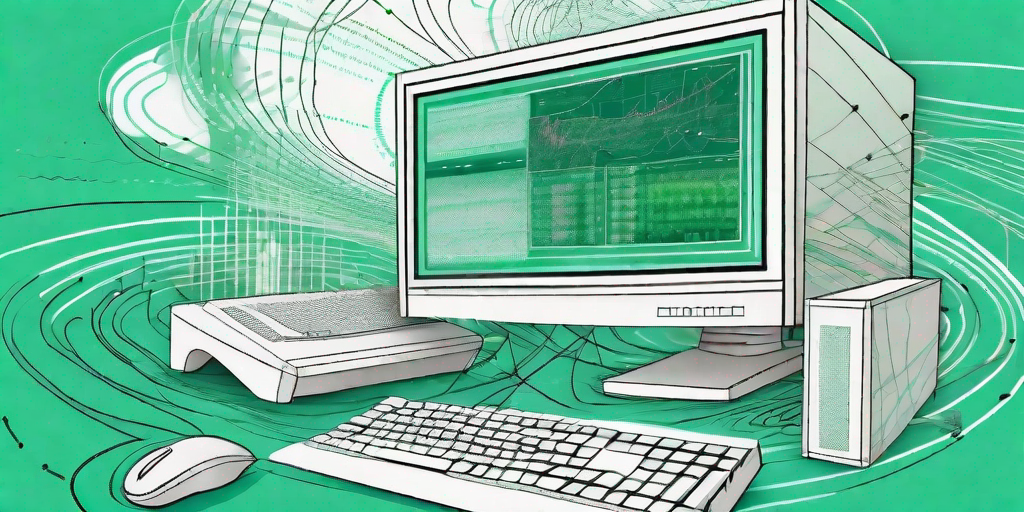
The term "#FEHLER!" might sound like an alien language to you, but in the world of programming, it's a common sight. It's a German term that translates to "error." But don't worry, this isn't a German class, and we won't be diving into the intricacies of the language. Instead, we're going to explore the world of programming errors, their types, how to identify them, and most importantly, how to fix them. So, buckle up and get ready for an exciting journey into the world of coding mishaps.
Understanding the Types of Programming Errors
Before we dive into the nitty-gritty of fixing errors, it's essential to understand the different types of programming errors. Yes, just like there are different flavors of ice cream, there are different types of programming errors. And just like ice cream, not all errors are created equal. Some are easy to fix, while others might have you pulling your hair out.
But don't worry, we're here to help you navigate this maze. Let's start by understanding the three main types of programming errors: syntax errors, runtime errors, and logical errors.
Syntax Errors
These are the most common types of errors, especially if you're a beginner. Syntax errors occur when the programmer does not follow the rules of the programming language. It's like trying to bake a cake but forgetting to add the baking powder. The result? A flat, unappetizing mess. Similarly, syntax errors can prevent your program from running or compiling.
Fortunately, most modern IDEs (Integrated Development Environments) will highlight syntax errors, making them easier to spot and fix. So, if you see a squiggly line under your code, that's your IDE telling you something's wrong.
Runtime Errors
Runtime errors occur while the program is running. These are more sinister than syntax errors because they don't prevent the program from starting. Instead, they cause the program to crash while it's running. It's like driving a car with a faulty engine. Everything seems fine until the engine dies in the middle of the highway.
These errors are often caused by illegal operations such as dividing by zero or trying to access a non-existent file. Debugging tools can help identify the cause of these errors.
Logical Errors
These are the most difficult to spot and fix. Logical errors occur when the program runs without crashing, but it doesn't produce the expected output. It's like following a recipe to the letter, but the dish doesn't taste right. This could be due to an error in the logic of the program.
Logical errors require a deep understanding of the program and its expected behavior. Debugging tools can help, but the best tool to fix logical errors is a clear and logical mind.
How to Identify and Fix Errors
Now that we've understood the types of errors, let's dive into the exciting part - identifying and fixing them. This is where the real fun begins. It's like a detective game, where you're the detective, and the culprit is the error hiding in your code.
Identifying errors involves a process known as debugging. Debugging is the process of finding and resolving defects or problems within a program that prevent correct operation of computer software or a system. It's like a doctor diagnosing a disease based on symptoms.
Debugging Tools
There are several tools available that can help with debugging. These tools can highlight syntax errors, provide information about runtime errors, and even help identify logical errors. Some popular debugging tools include GDB, JDB, PyCharm, and Visual Studio Debugger.
These tools provide features such as breakpoints, which allow you to pause the program at a specific point and inspect the values of variables. They also provide step-by-step execution, which allows you to run the program one line at a time. This can be extremely helpful in identifying the exact point where the error occurs.
Fixing Errors
Once you've identified the error, the next step is to fix it. This involves modifying the code to correct the error. The solution depends on the type of error. For syntax errors, this might involve correcting the syntax. For runtime errors, this might involve handling exceptions or adding checks to prevent illegal operations. For logical errors, this might involve modifying the logic of the program.
Remember, fixing errors is an iterative process. You might not get it right the first time. But don't get discouraged. Keep trying, and with practice, you'll get better at it.
FAQs
What is a syntax error?
A syntax error is a mistake in the syntax of a sequence of characters or tokens that is intended to be written in a particular programming language.
What is a runtime error?
A runtime error is an error that occurs during the execution of a program, disrupting the normal flow of the program's instructions.
What is a logical error?
A logical error is a bug in a program that causes it to operate incorrectly, but not to terminate abnormally.
Conclusion
Programming errors can be frustrating, but they're also an integral part of the learning process. They help you understand the intricacies of the programming language and improve your problem-solving skills. So, the next time you encounter a "#FEHLER!", don't panic. Embrace it, understand it, and fix it. Happy coding!















